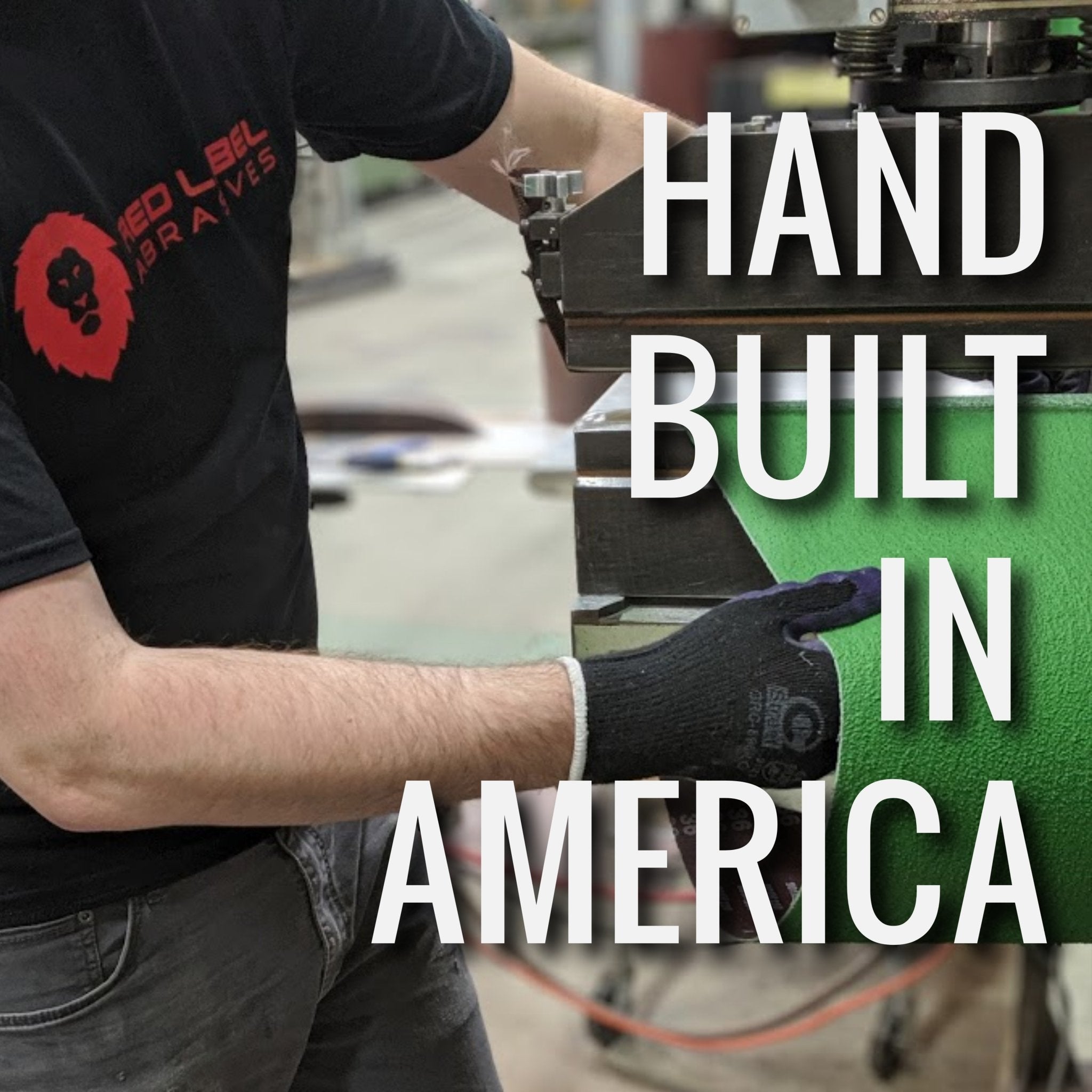Tu carrito está vacío
Envío gratis a partir de $150 (No incluye productos de gran tamaño)
Envío gratis a partir de $150 (No incluye productos de gran tamaño)
Bandas de lijado
Discos de lijado

Micarta vs. G10 for Knife Scales: Which is Better?
por David Kranker 9 lectura mínima

Quick Summary
Knife scales are the handle slabs attached to a full-tang knife, and they influence grip, comfort, balance, and durability. Traditional materials like wood and bone are still used, but synthetics such as Micarta and G10 are now popular because they offer consistent quality and strength. Micarta, made from fabric and resin, is valued for its texture, versatility, and the patina it develops with use. G10, built from fiberglass and epoxy, is tougher, waterproof, and often used in tactical or survival knives. Micarta is easier to shape with abrasives, while G10 requires tougher ceramic belts and discs to grind effectively. The choice comes down to priorities: Micarta provides a traditional look that changes with time and is easier for makers to work with, while G10 delivers maximum durability and resistance in harsh conditions.
When most people think about knife making, they envision an artisan crouched over a forge, hammering the blade into shape. While that’s a part of some techniques, it leaves out one important component: the handle.
The handle material is just as important as the steel you choose and shape. It affects how secure the knife feels in your grip, how comfortable it is to use over time, and how well it stands up to tough usage. A blade may cut cleanly, but if the scales don’t hold up, the knife won’t perform the way you need it to.
Two of the most popular synthetic options for knife scales are Micarta and G10. Both have become industry standards because they combine strength, light weight, and reliable performance. At first glance, they might look interchangeable, but they’re totally different. In this guide, we’ll outline what sets them apart, where each one excels, and how to decide which is the right choice for your next knife project.
What Are Knife Scales?
Knife scales are the two slabs that form the handle on a full-tang knife. They’re mounted to the tang with pins, screws, or epoxy, creating the grip you hold during use. In other words, your choice of scales has a direct effect on the knife’s performance.
You can make scales from a wide variety of materials. Wood, bone, and antler have been favored for centuries because they’re natural, widely available, and easy to shape with basic tools. As knives evolved into tools for industry, survival, and collection, newer options appeared. Synthetic materials such as Micarta and G10 gained popularity because they are manufactured to be uniform in thickness and strength. Unlike wood or bone, which can have natural flaws, these materials provide a predictable quality that lets makers cut, shape, and fit them without worrying about hidden weak spots.
Scales also give makers a chance to influence style. Texture creates traction, which helps with blade control in wet or sweaty conditions. Color patterns and surface finishes influence appearance too, making a knife look refined, rugged, or modern depending on the choice. Even the thickness and contour of the scales change the way a knife rests in the palm. Choosing a handle material is as much about function as appearance, since it shapes both the look of the knife and the way it performs over time.
What is Micarta?
Micarta is one of the oldest synthetic materials used for knife handles. It was developed in the early 1900s as a strong industrial laminate, and knife makers quickly realized its value for scales. The material is created by soaking layers of fabric or paper in phenolic resin and pressing them together under heat. The result is a dense sheet that can be cut, shaped, and polished into handle slabs.
The fabrics used to make Micarta give it a distinct appearance. For example, linen Micarta has a smooth, refined texture while canvas Micarta has a rougher look that improves grip, especially when wet. Paper Micarta shows fine detail and polishes to a glossy finish. Each type offers a different combination of appearance and feel, which makes Micarta versatile for knife making.
Micarta is known for being light and durable. It resists chipping better than many natural materials, and it doesn’t feel as cold or artificial as some synthetics. Because it’s built from fabric layers, it has a subtle texture that feels closer to natural materials like wood. Another quality that sets Micarta apart is the way it changes with use: the surface develops a patina over time, giving each knife its own character. Many makers and collectors value this aging effect because no two handles will look exactly the same after years of use.
Because of its layered construction, Micarta is easy to shape with abrasives. It sands smoothly and responds well to finer grits that bring out its natural pattern. The dust produced is hazardous, so makers always need proper protection when grinding or sanding it. With the right abrasives and technique, Micarta can produce handles that balance toughness with a classic look.
What is G10?
G10 is a fiberglass laminate that has become one of the most widely used synthetic handle materials in modern knife making. It was originally developed for industrial and military applications where strength, moisture resistance, and electrical insulation were important. Knife makers later adopted it because those same qualities translate well to demanding use in the field.
The material is made by stacking layers of woven glass cloth and saturating them with epoxy resin. The stack is then compressed under heat and pressure, creating a dense and incredibly tough sheet. These sheets can be cut into scales, ground into shape, and finished with different textures to improve grip.
G10 stands out for its resilience. It resists damage due to impact, chemicals, and moisture, making it a reliable choice for knives intended for hard use. Unlike some natural materials, it doesn’t swell, shrink, or crack when exposed to water or changes in temperature. It also maintains its strength even after heavy wear, which is why many production and tactical knives rely on G10 handles.
Appearance is another area where G10 has gained attention. Knife makers can layer different colors of glass cloth to create bold patterns that reveal themselves as the scales are shaped. This gives G10 handles a modern look that ranges from subtle matte finishes to bright multicolored designs. While some users find it feels harder and less natural than Micarta, its resilience and variety of finishes make it appealing to a wide range of knife owners.
For makers, G10 is tougher to work with than Micarta and requires high-quality abrasives to shape efficiently. Ceramic belts and discs are especially useful for grinding it cleanly. Like Micarta, it produces hazardous dust when sanded, so proper protective gear is essential. But with the right tools, G10 can be shaped into handles that are both durable and visually striking.
Micarta vs. G10: A Side-by-Side Comparison
Micarta and G10 are both reliable materials for knife scales, but they have distinct qualities that appeal to different makers and users. To understand how they compare, it helps to look at the main criteria that influence performance and appearance.
Strength and Durability
Micarta is strong enough for most uses, but it can chip if struck against a hard surface. G10, on the other hand, is one of the toughest handle materials available. It resists impact, moisture, and chemicals, which makes it popular for tactical and survival knives.
Grip and Texture
Micarta has a natural texture that comes from the fabric layers inside it. In fact, it tends to feel grippier when it gets wet, which is why hunters and outdoor users often like it. G10 starts smoother, but knife makers can machine it into aggressive textures or patterns that provide excellent traction.
Weight and Comfort
Both materials are light compared to wood or metal. Many users describe Micarta as feeling softer in the hand, while G10 can feel harder or more abrasive depending on how it’s finished. The difference is subtle but noticeable during long use.
Moisture and Weather Resistance
Micarta performs well in outdoor use, but it can absorb a small amount of moisture over time. This may slightly darken the surface or create a patina, which some users find appealing. G10, in contrast, is completely waterproof. It won’t swell, stain, or change appearance even after long exposure to water, oils, or chemicals.
Appearance and Style
Linen, canvas, and paper Micarta each bring different textures and patterns that can range from subtle to rugged. Over time, the material develops character as it ages. G10 is more modern in appearance. Knife makers frequently combine different colored glass cloths, which reveal layered patterns once the scales are shaped. This makes G10 popular for bold, tactical designs, while Micarta is often chosen for knives with a traditional or vintage style.
Workability for Knife Makers
Micarta is easier to shape and sand, which makes it appealing for small shops and custom makers. It responds well to a wide range of abrasives, and finer grits highlight its natural weave. The dust can be irritating and requires protective gear, but the material itself isn’t overly harsh on belts and discs.
G10, on the other hand, is harder on tools. Its fiberglass content means it requires ceramic abrasives to grind efficiently, and it produces fine glass dust that must be handled carefully. While it demands more from the maker, it delivers an exceptionally tough finished product.
|
Feature |
Micarta |
G10 |
|
Strength |
Strong but slightly softer; may chip if struck hard |
Extremely tough; resists impact, moisture, and chemicals |
|
Grip |
Fabric weave creates natural traction; grip improves when wet |
Smooth out of press but can be machined into aggressive textures |
|
Weight |
Lightweight and comfortable; feels closer to natural materials |
Lightweight but feels harder and more rigid |
|
Moisture Resistance |
Can absorb small amounts of moisture; develops patina with use |
Fully waterproof; unaffected by oils, chemicals, and weather |
|
Aesthetics |
Classic appearance; linen, canvas, or paper layers add variety; ages with character |
Bold and modern; can feature layered colors and patterns |
|
Workability |
Easier to shape and finish; less wear on abrasives |
Tougher to grind; requires ceramic abrasives and produces glass dust |
Which Material Is Right for You?
Choosing between Micarta and G10 comes down to how the knife will be used and the look you want to achieve. Both materials are proven performers, but they appeal to different needs.
Micarta is usually the better fit for knife makers and users who value tradition. Because it’s built from fabric layers, it carries a textured quality that feels more natural than fiberglass. Over time, it develops a patina that makes each handle distinct. Many outdoorsmen and collectors like this characteristic because it gives a knife personality after years of use. Micarta is also forgiving in the shop. It shapes and sands smoothly, which makes it easier for custom makers to contour the handle without burning through abrasives quickly.
G10, on the other hand, appeals to those who want maximum toughness and minimal upkeep. It’s impervious to water, oils, and common chemicals, so you can take it into the harshest conditions without worrying about it changing. It also resists cracking or chipping, which is why it’s widely used for tactical and survival knives. Unlike Micarta, G10 maintains its appearance for years without much change, which some users prefer..
Cost is another point to consider. Both are affordable compared to exotic woods, horn, or bone, but their availability differs. G10 is more common in production knives because it’s easy to source in large sheets for factory use. Micarta is often used in custom knives, where its patina and texture add value for buyers who want character. For hobbyists, both materials are accessible, but Micarta may require more finishing work to keep it looking sharp over time.
In the end, the right choice depends on your priorities. If you want a handle that feels classic and evolves with use, Micarta is hard to beat. If you need something that will stay tough and unchanged in any environment, G10 is the more reliable pick. Both can produce excellent results when matched with the right knife and the right abrasives.
Working with Micarta and G10: Abrasive Recommendations
Micarta is generally easier to work with. Its fabric base responds well to sanding, and it shapes well with aluminum oxide or zirconia belts for initial grinding. Once the profile is set, finer ceramic belts or sanding discs can be used to bring out the weave and prepare the surface for polishing. Because Micarta cuts cleanly, abrasives last longer than they do on harder synthetics, which makes it an efficient choice for custom shops.
G10 requires more aggressive abrasives due to its fiberglass reinforcement. Standard aluminum oxide wears out quickly, so ceramic sanding belts and discs are the best option for shaping and finishing. These abrasives cut through G10’s dense layers without glazing and hold up under the added stress. While G10 can be polished to a smooth finish, many makers prefer to leave a textured surface that provides grip.
For both materials, it helps to work in stages: use coarser grits to establish the shape, then progress to medium and fine grits for finishing. This approach ensures clean edges, reveals patterns within the material, and produces a comfortable grip. Red Label Abrasives offers ceramic belts, sanding discs, and other products well-suited to shaping both Micarta and G10, giving makers the control needed to achieve a professional result.
Elevate Your Knife Projects With Red Label Abrasives
Micarta and G10 have become two of the most trusted choices for knife scales, but the qualities they bring to the table are not the same. Micarta is built from layers of fabric and resin, which gives it a natural texture and makes it well-suited for hunting knives, bushcraft blades, and custom pieces where tradition and character matter. G10, on the other hand, is a fiberglass laminate that’s impact-resistant and nearly impervious to water, oils, and chemicals, making it a mainstay for tactical knives and survival tools.
With quality abrasives and careful finishing, both materials can produce handles that balance performance and appearance in ways that fit the knife’s purpose. At Red Label Abrasives, we manufacture and sell industrial-grade sanding belts, sanding discs, and sanding sheets that can produce excellent results for your knife-making projects. If you have questions or would like to place an order, please fill out a contact form or call 844-824-1956 today.
Ver artículo completo

Buffing Compounds: Types, Color Chart, and Applications
por David Kranker 8 lectura mínima
Ver artículo completo ABOUT THE AUTHOR
David Kranker is a writer and creative maker who has been covering the abrasive and knife-making industries on the Red Label Abrasives Blog since 2020. David spends his time continually researching sanding and bladesmithing to provide readers with the latest and greatest information. In his free time, David utilizes abrasives for many different home and auto projects at his home in Delton, MI.
Belt Packs Made For Knife Makers
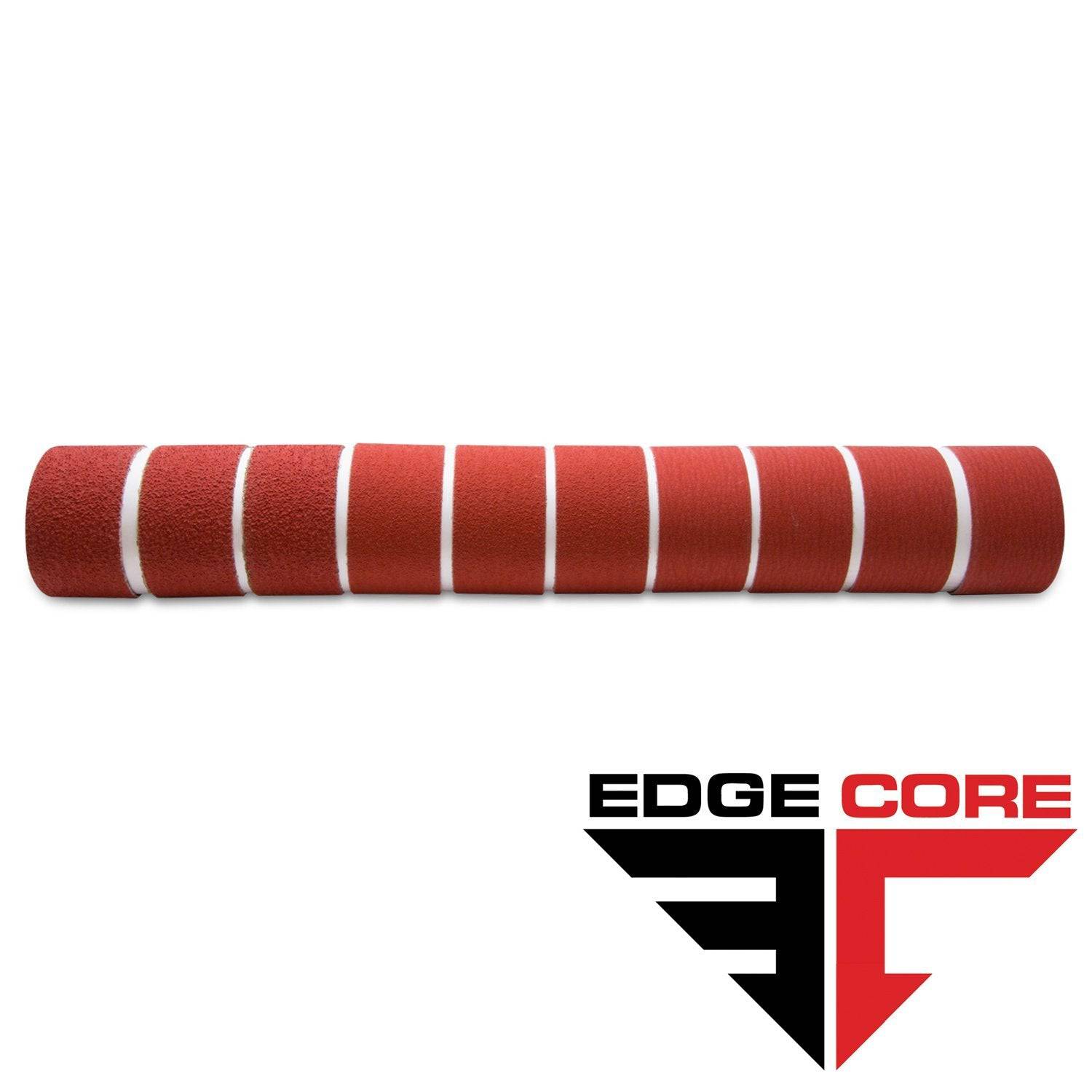
2 X 72 Inch Knife Makers Sanding Belts Assortment
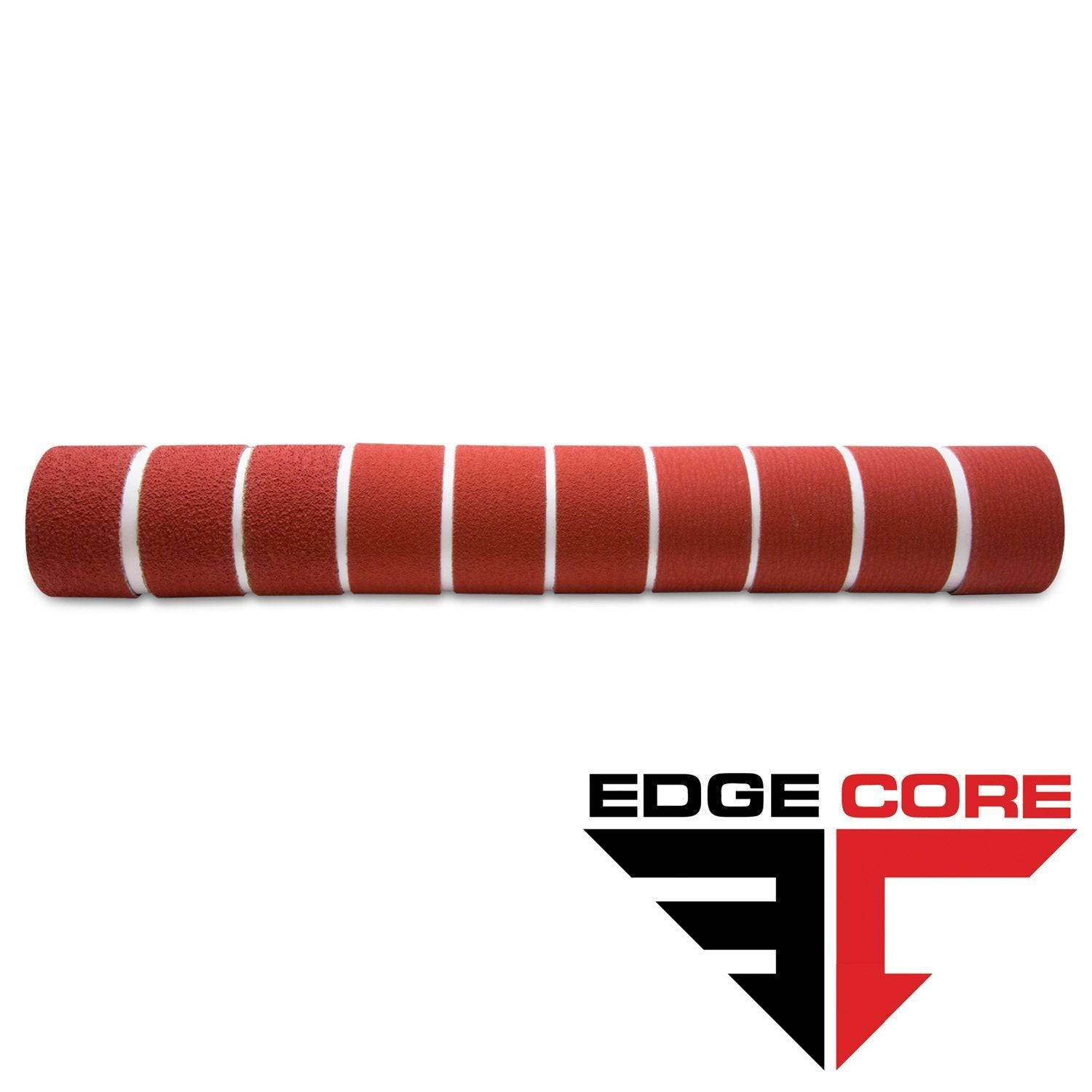
2 X 60 Inch Knife Makers Sanding Belts Assortment
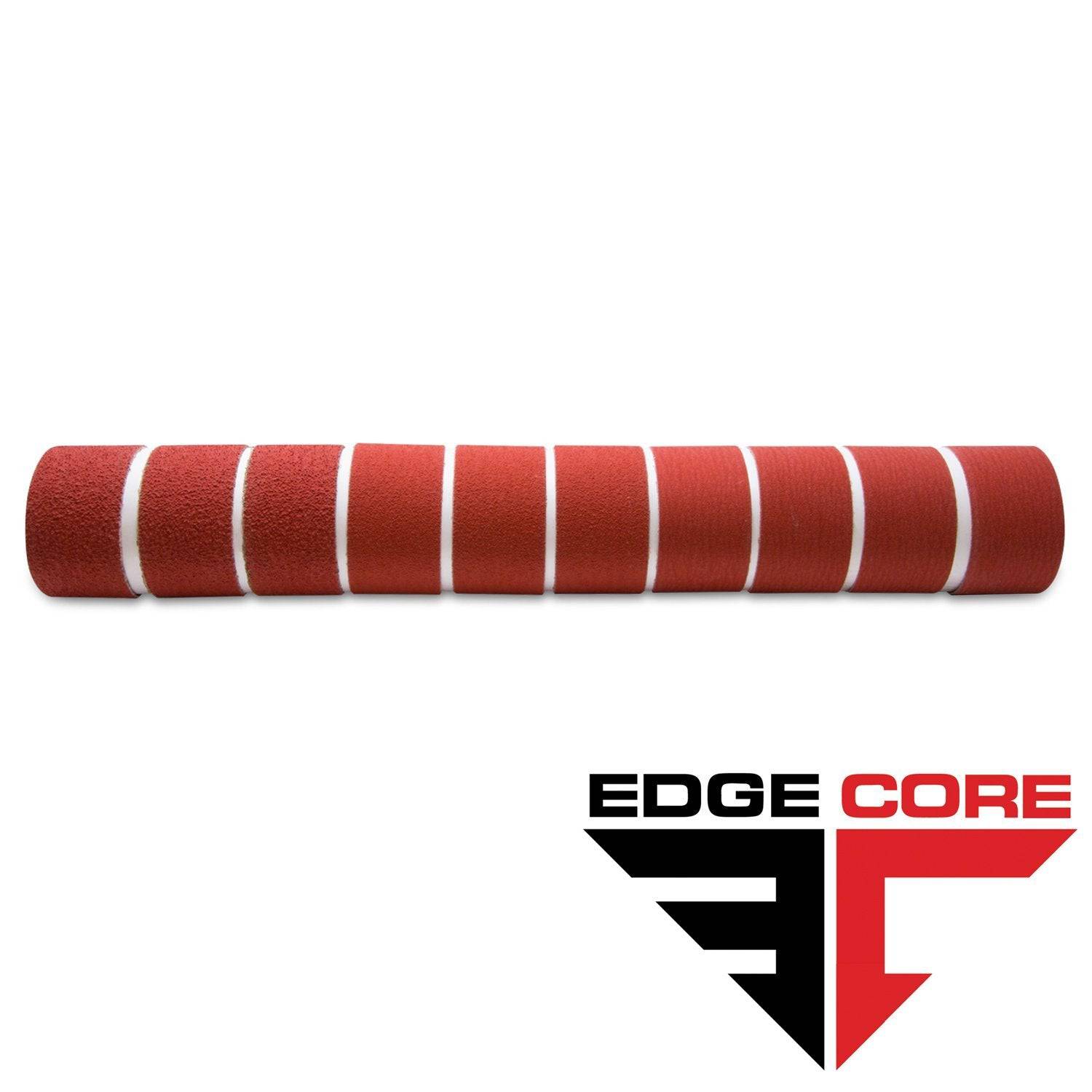
2 X 48 Inch Knife Makers Sanding Belts Assortment
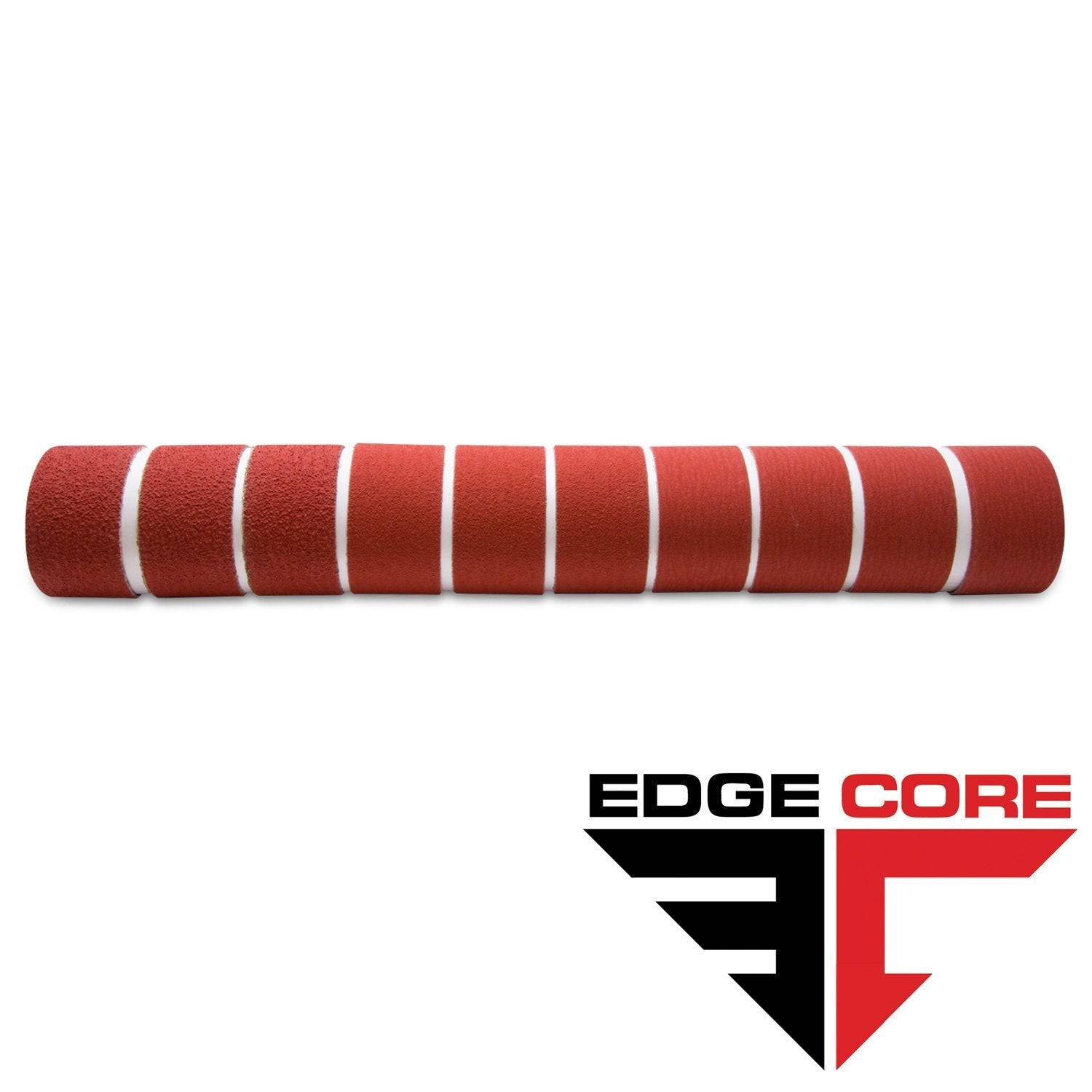
2 X 36 Inch Knife Makers Sanding Belt Assortment
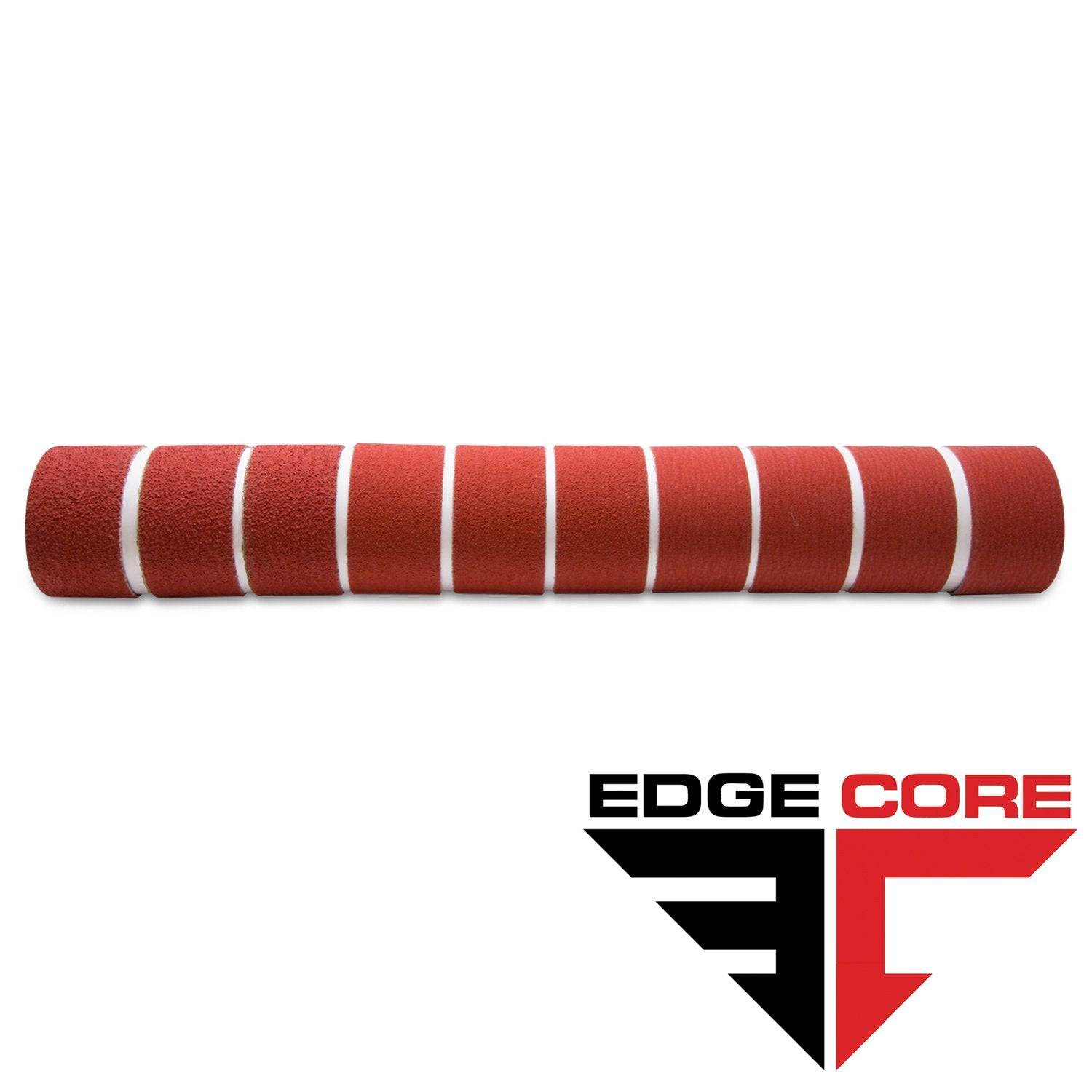
2 X 42 Inch Knife Makers Sanding Belts Assortment
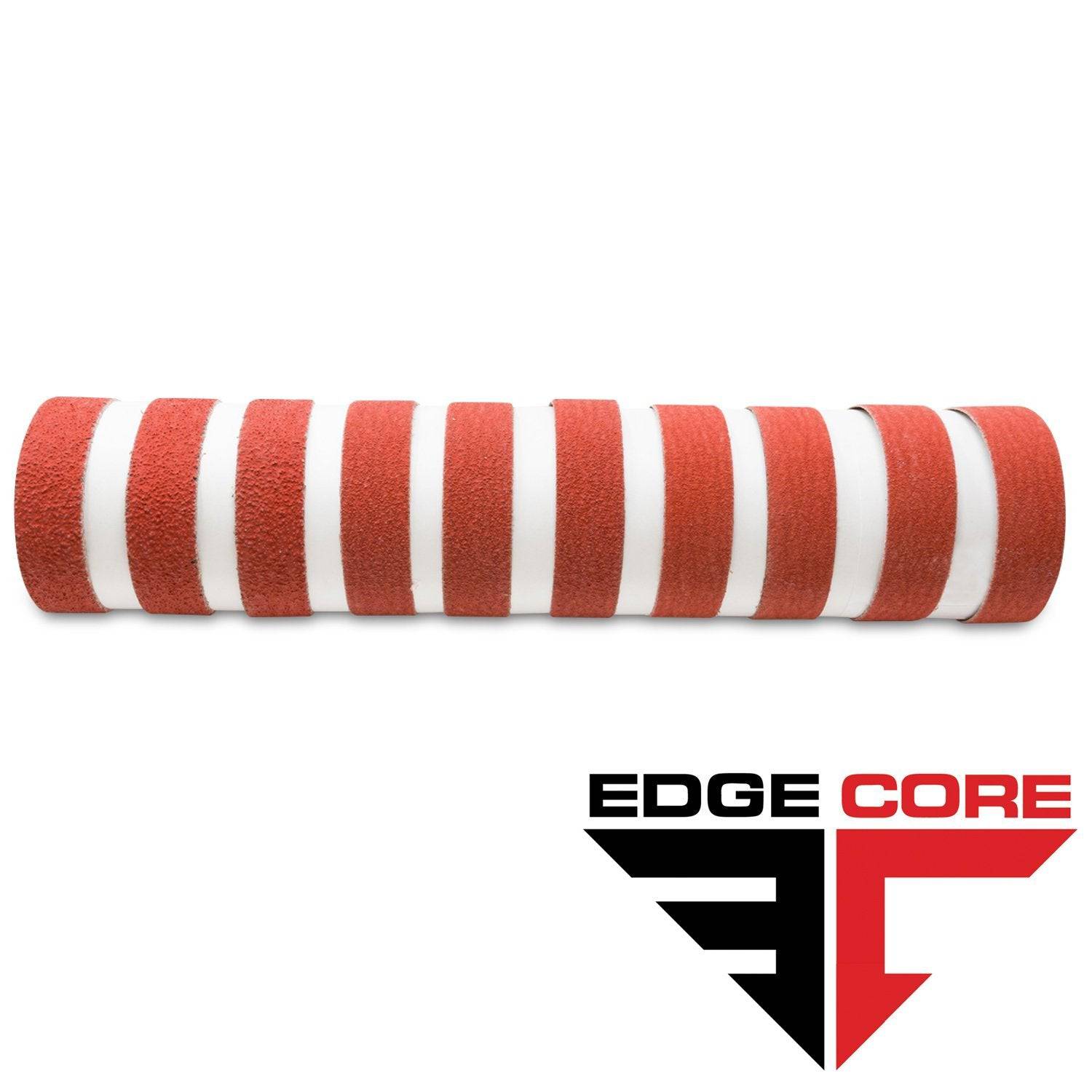
1 X 30 Inch Knife Makers Sanding Belts Assortment
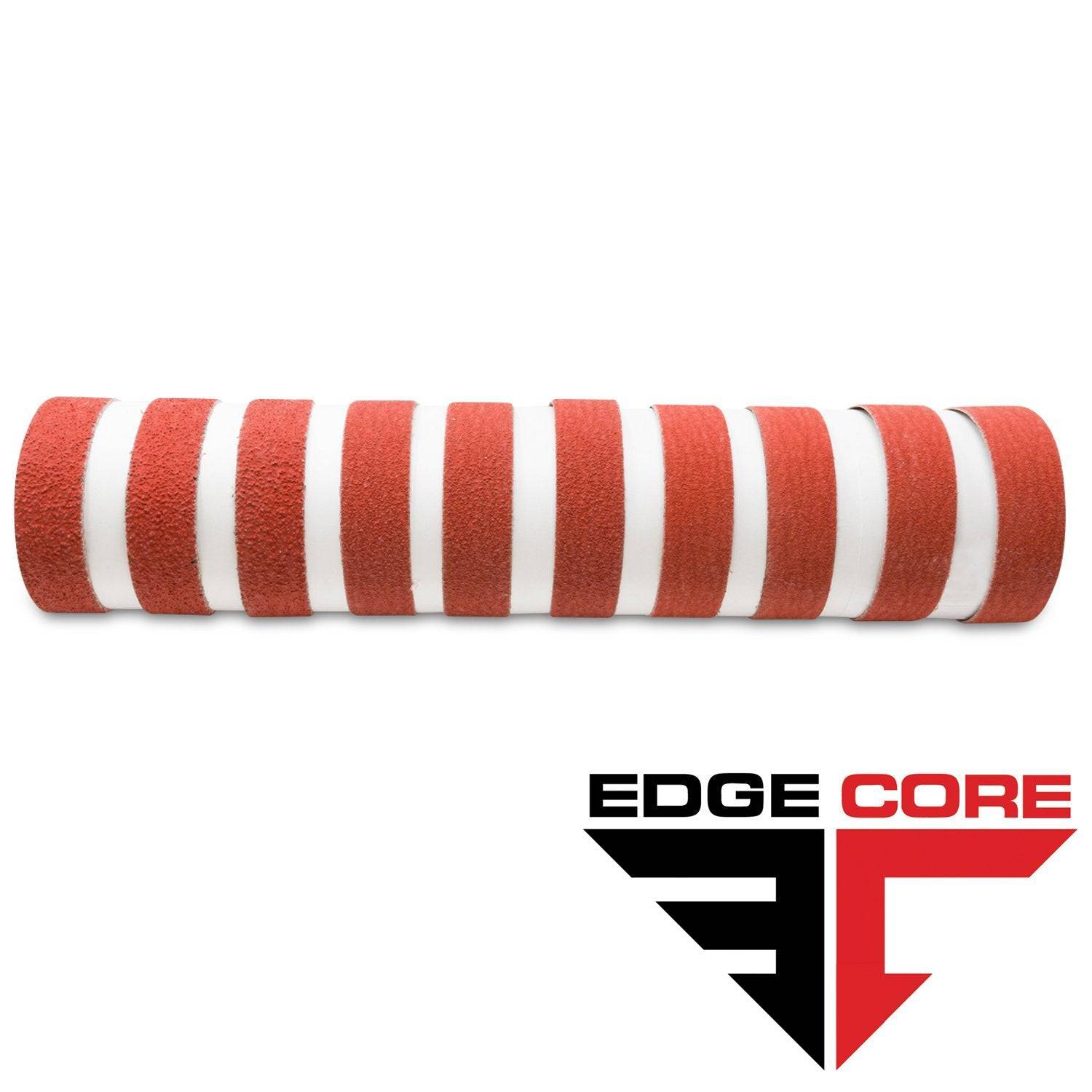
1 x 42 Inch Knife Makers Sanding Belt Assortment
Shop By Product Category


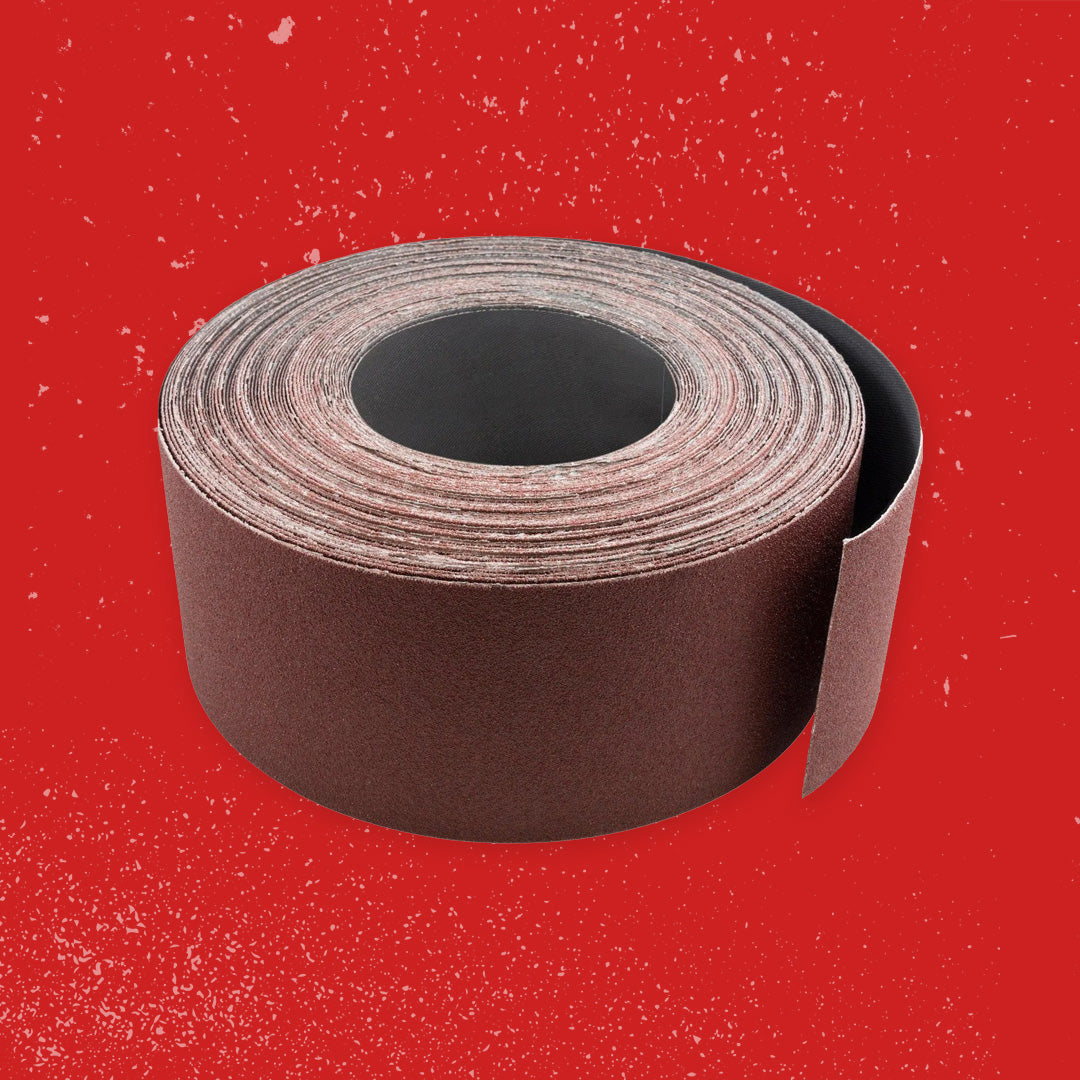


Why Choose Red Label?

